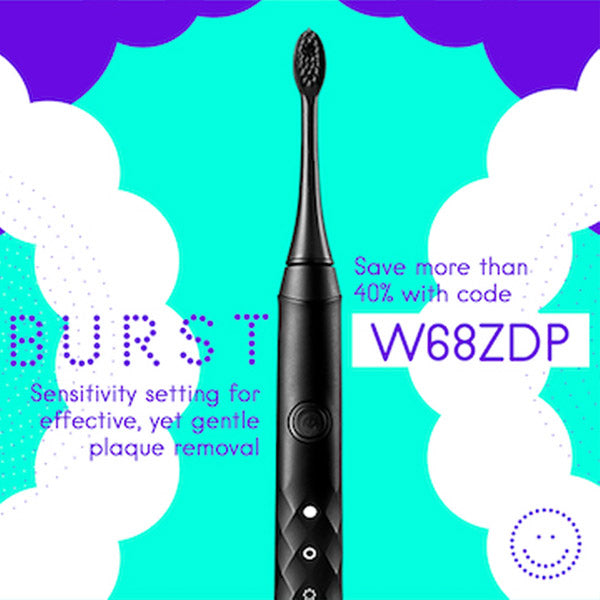Bisphosphonates and Osteonecrosis of the Jaw
Bisphosphonates are incredible medications. By inhibiting the action of Osteoclasts, they can maintain bone integrity, prevent Skeletal Related Events (SRE's,) and are even proving to have antitumor/antiangiogenesis effects and prevent bone metastasis by changing the microenvironment of the bone. IV forms of Bisphosphonates are used with some cancer treatments and it raises the risks of developing Medication Related Osteonecrosis of the Jaw (MRONJ.) This needs to be considered when developing a dental treatment plan and makes preventive dental care very important.

Bisphosphonates will be discussed many times on this site, but there are a few basic recommendations for us to follow as health care providers.
Medical/Oncology Staff:
If IV Bisphosphonates are part of your patient's treatment plan, it is vital to recommend that he/she see their dentist as soon as possible for a thorough exam, radiographs, and any needed restorative treatment prior to its first administration. Inform your patients that these medications stay in their system for a very long time (half-life >10 years) and therefore, they need to inform their dentist that they have received this treatment even several years after it has been completed. Most cases of MRONJ are initiated through trauma, so dental treatment plans may need to be adjusted to avoid invasive procedures.
Dental Staff:
If your patient indicates on the medical history that he or she is a cancer survivor, inquire if IV Bisphosphonates were used along with their cancer treatments. You will most often see IV Bisphosphonates used with Multiple Myeloma, Breast Cancer, Prostate Cancer and possibly Lung Cancer, especially in cases of bone metastasis. Call the oncology team to inquire about the use of these medications if the patient is unsure. The answer will greatly affect treatment plans.
If a patient is referred for an exam and treatment prior to beginning IV Bisphosphonates, make sure radiographs are current, including a FMX and possibly a panorex. Be aggressive with treatments prior to its use including extractions of any potential sources of future infection. After the use of IV Bisphosphonates has begun, invasive procedures (including extractions, implants and periodontal treatments) can increase the risks of complications. With a half-life of over 10 years, prevention will truly be the key.
The vast majority of these articles will not include my opinion, but I will take this opportunity for a personal rant. I will fully admit to being a huge anti-third molar advocate. I would be the first one cheering on the end of the philosophy of waiting until they cause damage and then referring for extractions. I strongly believe this philosophy does a disservice to our patients. As a Registered Dental Hygienist, the focus of my training has been on prevention, so I have never embraced the idea of retaining bacterial traps that instead could be removed before they have a chance to destroy the bone distal to the second molars or spread decay or periodontal disease to the rest of the mouth. Please consider this when seeing a patient who will be receiving IV Bisphosphonates. Is there is a chance the third molars could cause any issue in the future and is that a risk worth taking?
Homecare instructions are vital. According to the American Dental Association Council on Scientific Affairs, "the consensus is that good oral hygiene along with regular dental care is the best way to lower risk" of MRONJ.
For all professionals:
Inform without frightening. Educate your patient about the symptoms of BONJ and the need to report any problems ASAP.
What to look for:
· Pain in the mouth
· A feeling of numbness or heaviness in the jaw
· Swelling in the mouth
· Drainage in the mouth
· Loosening of teeth
· Exposed bone in the mouth

Names of some more common Bisphosphonates:
· Zoledronic Acid (Zometa®)
· Alendronate Sodium, Alendronic Acid (Fosamax®)
· Pamidronate Disodium (Aredia®)
Also look for the name Denosumab (Xgeva®or Prolia®.) It is not a Bisphosphonate. It has a different mechanism of action but similar results and risks of BONJ.

Let's open up the communication between the oncology team and the dental team. We can work together to provide more complete patient care and prevent possible complications like MRONJ.
Guidelines for patient care can be found at http://www.joms.org/article/S0278-2391(14)00463-7/pdf




